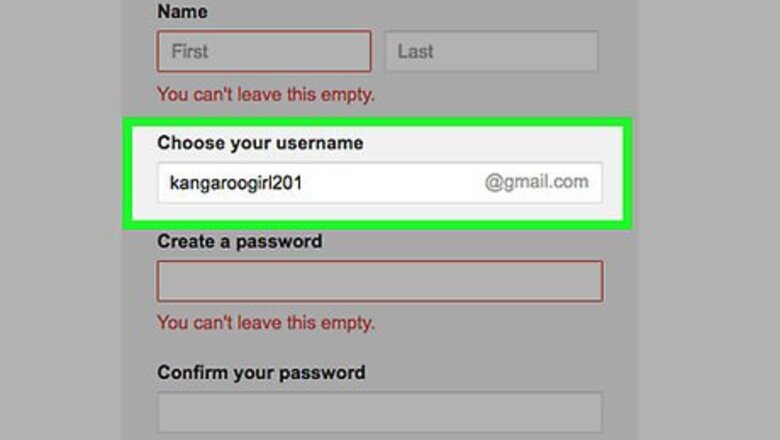
views
- A professional email address should include your name or your business name. A more lighthearted email address could include random words or a subject you like.
- Avoid putting letters in a random order, as it will be difficult for you or others to remember.
- If you are having a hard time finding an address that has not already been used, consider changing the spelling of a word.
Brainstorming
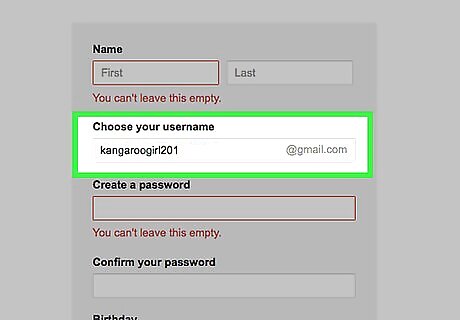
Consider the different types of "cool" email. Some emails are cool because they're kooky and unique. Others are cool because they're simple, classy, and professional. Still others find an engaging and original way to express your interests. You'll need to decide what you want your email address to say about you. A kooky email address could be anything from random words to a few of your basic interests. It could be "[email protected]" or "[email protected]" or "[email protected]". A personality-based address might be something that speaks to some of your deepest interests or values. For instance: "[email protected]" or "[email protected]". The goal here is to make people smile and show them what makes you unique. A more professional address might be something that uses your name or your business in an interesting-sounding way. If your name is Billy Bones, you could use "[email protected]". If your name is Catherine, you could use "[email protected]". Bear in mind that a professional email address should include your name or business name, and it shouldn't be as wild as your personal email.
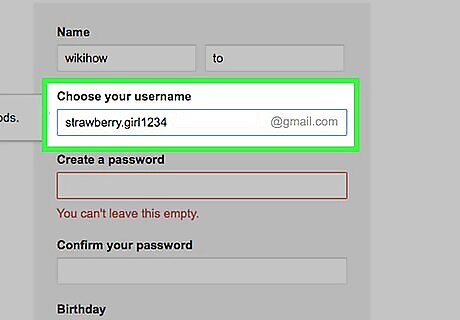
Name your email after your interests. Think about what you're interested in (and what you want people to know you're interested in), and try to incorporate these things into your email address. If you play guitar, for example, you could use the word "guitar" in your address. If you love strawberries, you could be "strawberry.girl". Think of a word that sounds interesting before or after your interest, and combine the two to form your email address. For example, if you choose to incorporate your love of guitar into your email address, you could use "guitardude97" or "guitarjams". Be aware that your interests may change. Try to choose something that you think you'll love for a while – not just the flavor of the week.
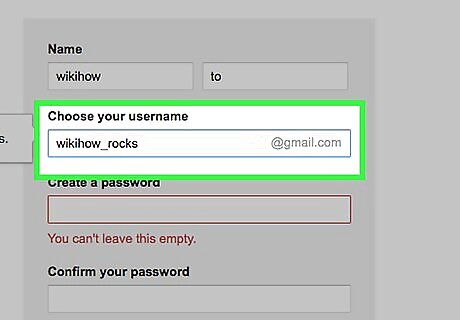
Consider including your name. It can be your initials, last name, first name, middle name, even full name. Since you want it to be cool, try to pair it with something else that describes you – such as your interests.
Spicing It Up
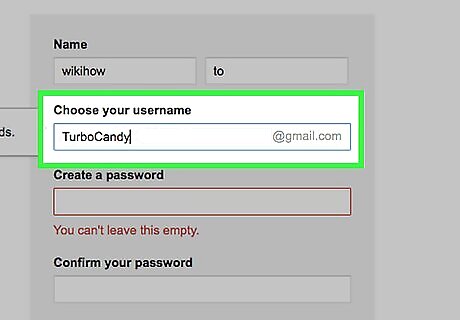
Try combining two words to make one. For example, "crocodile" and "rocker" can be combined to make the word "BettyCrocker." Try to match words with the same beginning syllables to words that have similar endings. Another good method is to take a word that you like, such as "laser" or "turbo" and use it to describe another word, such as "laserboulder" or "turbocandy." The word you are describing can be quite random. You may want to capitalize the first letter of each word instead of an underscore to indicate a separation. "LaserBoulder" or "TurboCandy".
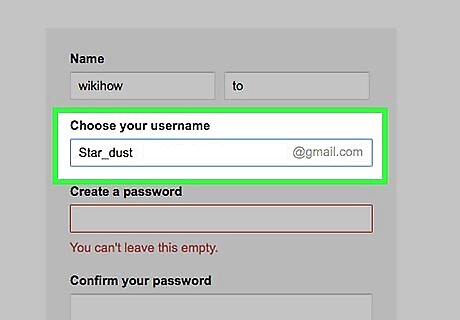
Try not to make a generic or random address. Avoid abstract numbers or birth years, as these are rather common and may take away from the originality of your address. Again, however, you might consider using more "generic" style elements if you plan to eventually use this email for professional purposes. "[email protected]" or "[email protected]" are examples of "generic" email addresses. On the other hand, they are simple and straightforward. It all comes down to what you think is "cool". "[email protected]" or "[email protected]" are instances of "random" addresses. They might be cool, but they won't say much about you.
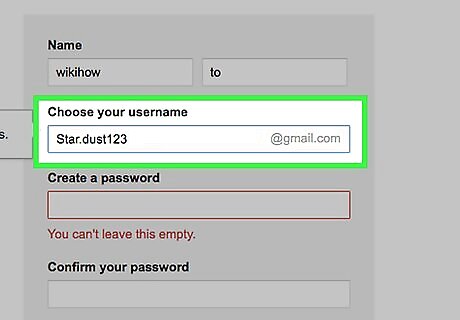
Add periods or numbers to spice up your name. If you find something that you get attached to, but it's already taken, think about throwing in some periods or numbers. These can be meaningful or random, to your taste. For instance: [email protected] [email protected] [email protected]

Try intentionally misspelling words. This can be a great way to make your email address more unique, and it may help you keep the core of your idea if someone else has already reserved the address that you want. Make sure the misspelled word still looks or sounds similar to the correct word; it should be recognizable, even if it isn't exact. Try replacing S with Z, or a "ks" sound with an X. "[email protected]" and "[email protected]" play with the "S" and "Z" sound. "[email protected]" and "[email protected]" both replace the "ks" sound with an "x".
Making the Account
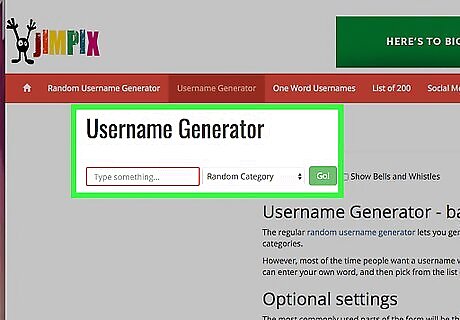
Ask somebody for help. Ask anyone who knows you well or anyone who you think might be good at naming things. This could be a friend, a relative, or a parent. If you don't like their answers, don't worry about it and try to think of one on your own. Consider using a username generator, if you don't know anyone who can help you. Run a web search for "username generator", and you may be able to create something suitable.

Choose a domain host. The domain of an email address is the "@example.com" part. Any standard email client should be fine, although some domains (like AOL or Hotmail) might come across as a bit dated. Some sites will allow you to choose a custom domain; if you take this route, avoid choosing a long domain, as people might not want to type out a long address. Domains like "@gmail.com" or "@yahoo.com" are short, popular, and easy to remember.

Sign up for an email account. When you're ready, visit an email client, click whichever variation of "create an account" you find, and proceed to create your very own cool email address. Type the email address you decided on into the proper "username" or "login name" field.













Comments
0 comment